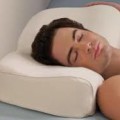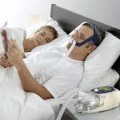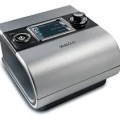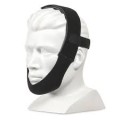The oral appliance for sleep apnea is a small acrylic device that will fit over both the lower and upper teeth, similar to a mouth guard, or it will fit snuggly over the tip of the tongue. The mouth guard style of the sleep apnea oral appliance will work by moving the lower jaw forward, in order to keep the airways open. The smaller, tip of the tongue device will work to pull the tongue forward and prevent it from falling into the back of your mouth during sleep and blocking your airways.
Oral Appliance for Sleep Apnea Benefits
Using an oral appliance for sleep apnea will help to reduce snoring and improve your breathing during sleep. You can purchase these devices at a medical supply store or pharmacy, but these over the counter models may not be as effective or as comfortable as the devices that you have custom made by your sleep specialist or dentist.
Prescribed mouth guard models are custom made for each person. They are made out of heat sensitive acrylic and designed to promote easier breathing by preventing soft tissues from blocking your airways. These models are custom made because the appropriate jaw position needed in order to achieve success will vary from patient to patient.
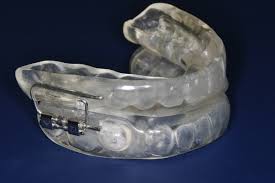
The tongue devices are custom made and use a soft material that fits around the tongue in order to bring it forward, using suction. This type of oral appliance is recommended for patients with dentures or patients who found the mouth guard style too uncomfortable. This is the least invasive style of oral appliance and features a high success rate in patients with mild or moderate sleep apnea.
Are there any Side effects from Oral Appliance Apnea Treatment use?
According to studies, research showed an average of ten percent of patients experienced joint or jaw pain after using an oral appliance for sleep apnea. Many patients who initially experienced this type of discomfort reported that it disappeared after two weeks of use. However, the pain can make a reappearance if you stop using the device for more than a month. Thirty percent of patients reported a change in their bite. If changes in your bite occur, speak with your doctor or dentist in order to determine if dental treatment or a change in the size and type of oral appliance is necessary.
If you have decided to use an oral appliance to treat your sleep apnea, you will need to make an appointment with a sleep specialist or dentist, in order to have a custom fit model made. A mold of your teeth will be taken and sent to a lab where the permanent oral appliance will be created. Typically, it can take two to four weeks before they’re ready.

